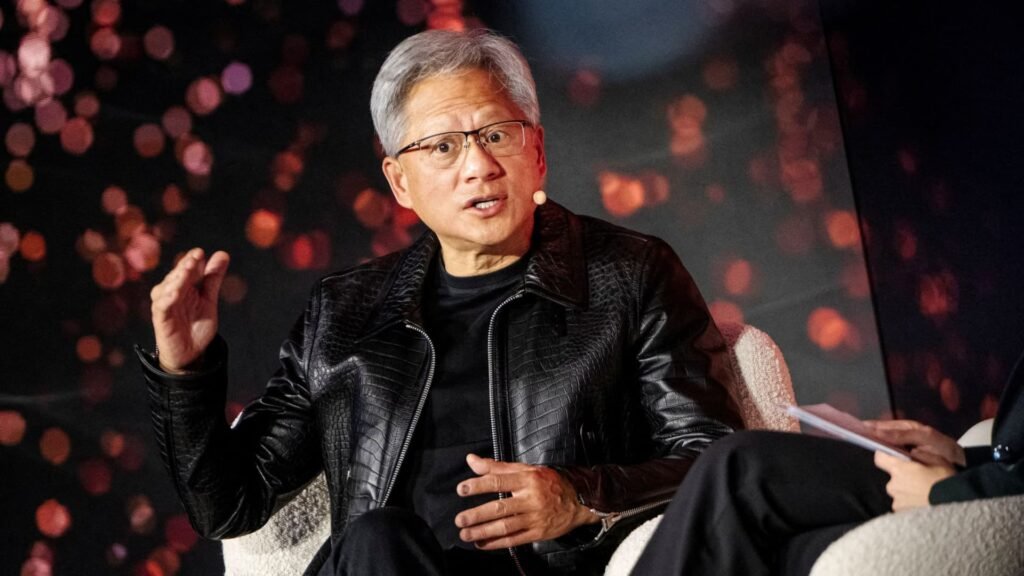In a groundbreaking shift within the Dow Jones Industrial Average, Nvidia is set to replace Intel, marking a significant transformation in the semiconductor industry. This transition reflects the soaring prominence of artificial intelligence (AI) and the evolving landscape of technology.
Nvidia’s Meteoric Rise
Nvidia has enjoyed a remarkable year, with its shares skyrocketing more than 170% in 2024, building on a staggering 240% increase the previous year. As a result, the company’s market capitalization has ballooned to $3.3 trillion, positioning it as the second-largest publicly traded company, just behind Apple. The rapid ascent is fueled by surging demand for Nvidia’s graphics processing units (GPUs), especially among tech giants like Microsoft, Meta, Google, and Amazon, which are purchasing Nvidia’s H100 GPUs in vast quantities to bolster their AI capabilities.
With revenue more than doubling over the past five quarters—tripling in three of those periods—Nvidia has become a focal point in the tech sector. The company recently indicated that demand for its next-generation AI GPU, known as Blackwell, is “insane,” further highlighting its pivotal role in the AI revolution.
Intel’s Decline
In stark contrast, Intel has faced a challenging year, with shares plummeting over 50% as the company struggles to maintain its once-unassailable market position in the face of mounting competition from Advanced Micro Devices (AMD) and others. Long recognized as a leader in PC chip manufacturing, Intel has fallen behind in the AI race, failing to make substantial advancements in this burgeoning sector.
Recent filings from Intel revealed plans for significant restructuring, including a reduction of its workforce by 16,500 employees and a contraction of its real estate footprint. These measures, initially announced in August, underscore the company’s ongoing battle with manufacturing challenges and its struggle to regain competitiveness.
A Strategic Shift in the Dow Jones Industrial Average
The switch, set to take effect on November 8, is not only a pivotal moment for Nvidia and Intel but also highlights broader trends within the Dow Jones Industrial Average, which comprises 30 components weighted by the share price of individual stocks. With Nvidia’s entry, four of the six trillion-dollar tech companies—Nvidia, Apple, Microsoft, and Amazon—will now be represented in the index, with Alphabet and Meta remaining outside its ranks.
The decision to include Nvidia follows its strategic move earlier this year to execute a 10-for-1 stock split. While this maneuver did not affect its overall market capitalization, it effectively lowered the price of each share, facilitating the company’s inclusion in the Dow Jones Industrial Average without overly skewing the index.
This change is particularly noteworthy as it represents the first adjustment to the index since February, when Amazon replaced Walgreens Boots Alliance. Over the years, the Dow Jones Industrial Average has sought to enhance its representation of the largest and most influential technology companies, adapting to a rapidly evolving market landscape.


As Nvidia replaces Intel in the Dow Jones Industrial Average, it signals a transformative moment in the semiconductor industry. The rise of AI has not only reshaped the fortunes of these two companies but also indicates a broader shift in the technological landscape, with Nvidia poised to lead the charge into the future. This transition not only reflects the dynamics of competition in the tech sector but also serves as a bellwether for the ongoing evolution of industries driven by innovation and technological advancement.